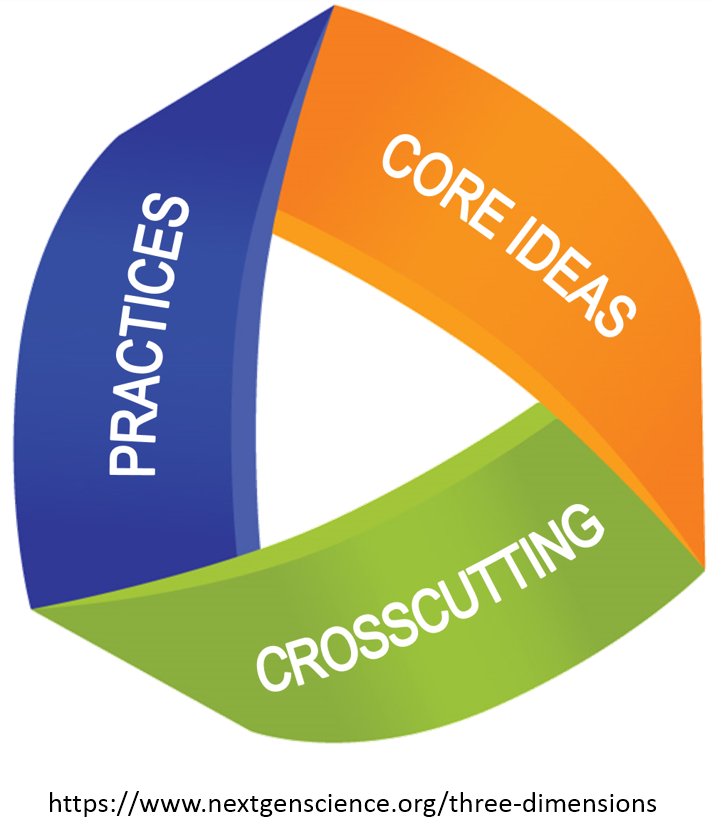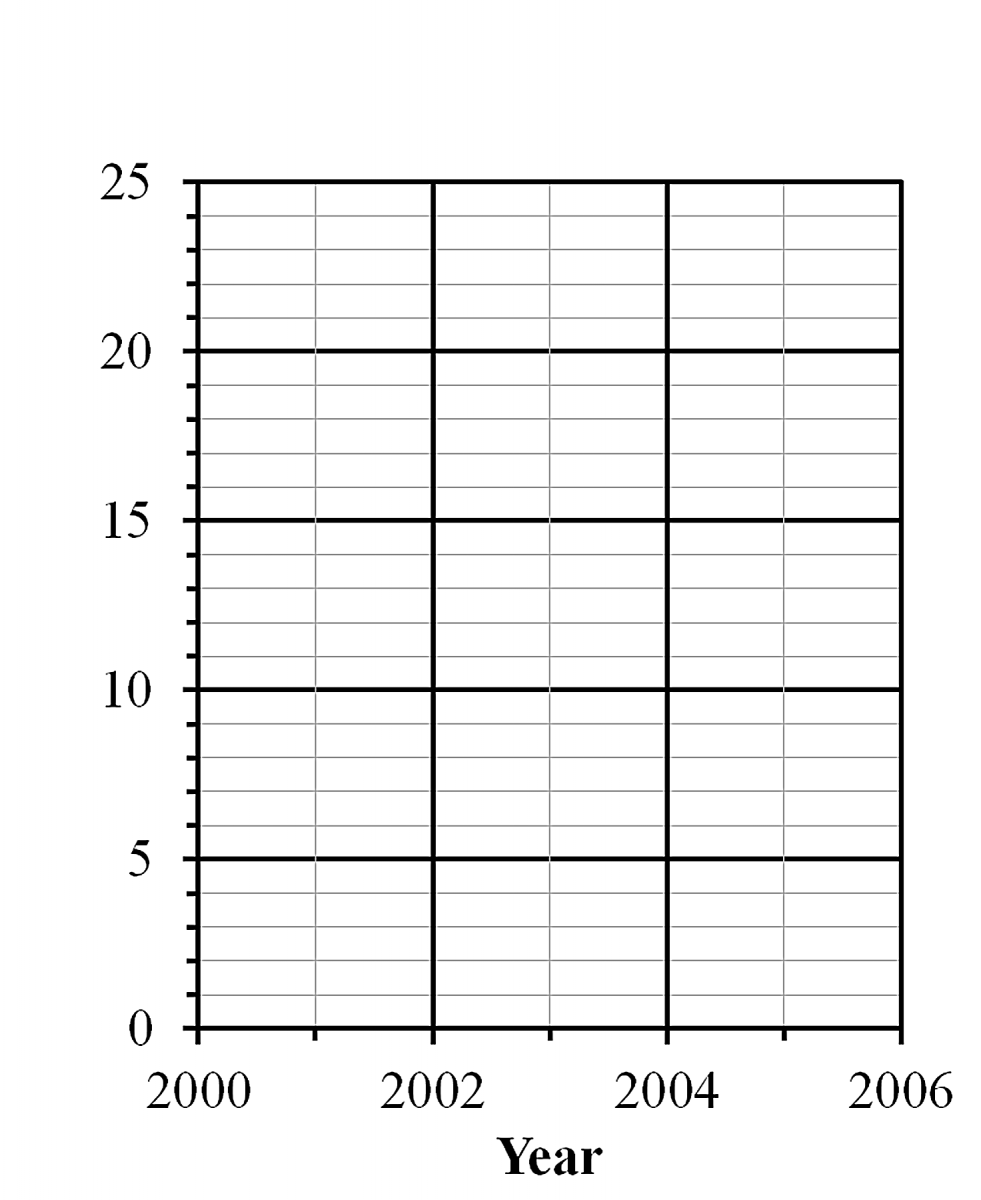Mi-STAR Assessment 
The Mi-STAR curriculum provides a complete assessment package that prepares students for success on Next Generation Science Standards-based assessments. Students’ knowledge, skills, and abilities relating to the three dimensions of the NGSS Performance Expectations (PEs) are assessed:- Disciplinary Core Ideas (DCI)
- Science and Engineering Practices (SEP)
- Crosscutting Concepts (CCC)
In the Classroom
The Mi-STAR curriculum is designed to give teachers a variety of opportunities to formally and informally assess what students know and can do. The combined use of the assessment tools described below will give teachers insight into student learning and progress in relation to the specific Performance Expectations associated with each Mi-STAR unit or lesson.
Formative Assessment - Teachers evaluate students’ knowledge, skills, and abilities as classroom instruction is taking place allowing teachers to adjust classroom instruction according to student needs. The Check Your Progress phase of each lesson helps teachers assess student mastery of key concepts and practices. Additional assessment opportunities include probing questions, observation of student performances and evaluation of student products.
Pre/Post Assessments - These formal, three-dimensional assessments are used before unit instruction begins, and again after unit instruction is complete. They are designed to show growth in student knowledge, skills, and ability similar to NGSS based state-mandated assessments.
Embedded Assessments - Each unit integrates Embedded Assessments into the Check Your Progress phase of selected lessons. These three-dimensional assessments require that students apply their learning to a new context. They include an answer key and grading rubric so that teachers may use them as a grading opportunity and/or as a formative assessment.
Unit Challenge Student Products - As part of the Unit Challenge, students create products such as models, written content, claim-evidence-reasoning sheets, decision matrices, presentation slides, and unit summary tables, which integrate three-dimensional science knowledge and skills. Product checklists, answer keys, or grading rubrics are provided for some Unit Challenge Student Products and can be used to guide instruction and/or for student assessment.
Additional Student Products - Students produce a variety of additional products as they progress through each lesson. These products can be used by teachers and students to informally and formally assess student knowledge, skills, and abilities.
Comparing Traditional and 3D Assessment Questions
Traditional One-Dimensional Assessment - The following set of assessment questions are typically found on traditional pre and post-tests.The questions primarily focus on assessing one of the three NGSS dimensions - content knowledge.Students consider the concept of species competition and how it relates to population size. To successfully answer these assessment questions students must understand the definition of and general rules about competition and population size as they engage in the following NGSS dimension:
- DCI - LS2.C: Ecosystem Dynamics, Functioning, and Resilience - Ecosystems are dynamic in nature; their characteristics can vary over time. Disruptions to any physical or biological component of an ecosystem can lead to shifts in all its populations.
| Example One-Dimensional Assessment Questions |
|---|
|
Mi-STAR Three-Dimensional Assessment - The next set of assessment questions is taken from a Mi-STAR unit pre/post-test. This assessment requires students to integrate all three of the NGSS dimensions - content knowledge, science practices and crosscutting concepts.
Students analyze and interpret data AND use evidence to construct explanations. Additionally, students consider the cause and effect of a phenomenon to make a prediction, all within the context of population and competition within an ecosystem. To successfully answer this set of questions, students must engage in the following three NGSS dimensions:
- DCI - MS-LS2-4 - Ecosystems are dynamic in nature; their characteristics can vary over time. Disruptions to any physical or biological component of an ecosystem can lead to shifts in all its populations.
- SEP - MS-LS2-1 - Analyze and interpret data to provide evidence for phenomena.
- CCC - LS2-1 - Cause and effect relationships may be used to predict phenomena in natural or designed systems.
| Example Three-Dimensional Assessment Questions | |||||||||||||||||||
| Below is a table that contains population data for the white-tailed deer, an organism that can be found in many Michigan ecosystems. | |||||||||||||||||||
|  | ||||||||||||||||||
| |||||||||||||||||||
Additional Information
| Watch this video about to learn how Mi-STAR's three-dimensional assessments align with Next Generation Science Standards and Michigan Science Standards. | Click above to learn more about Mi-STAR Assessment tools and resources. |



















